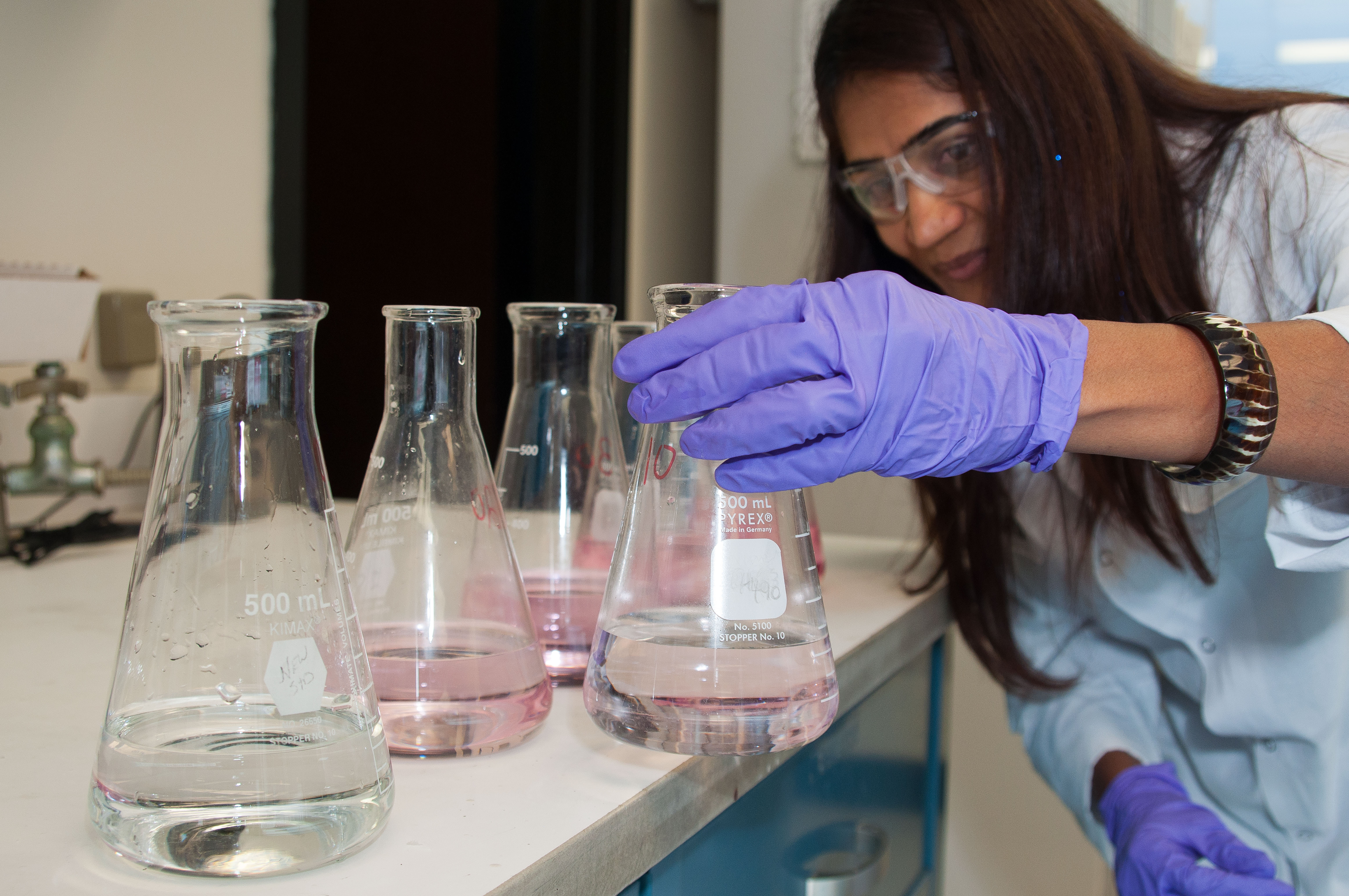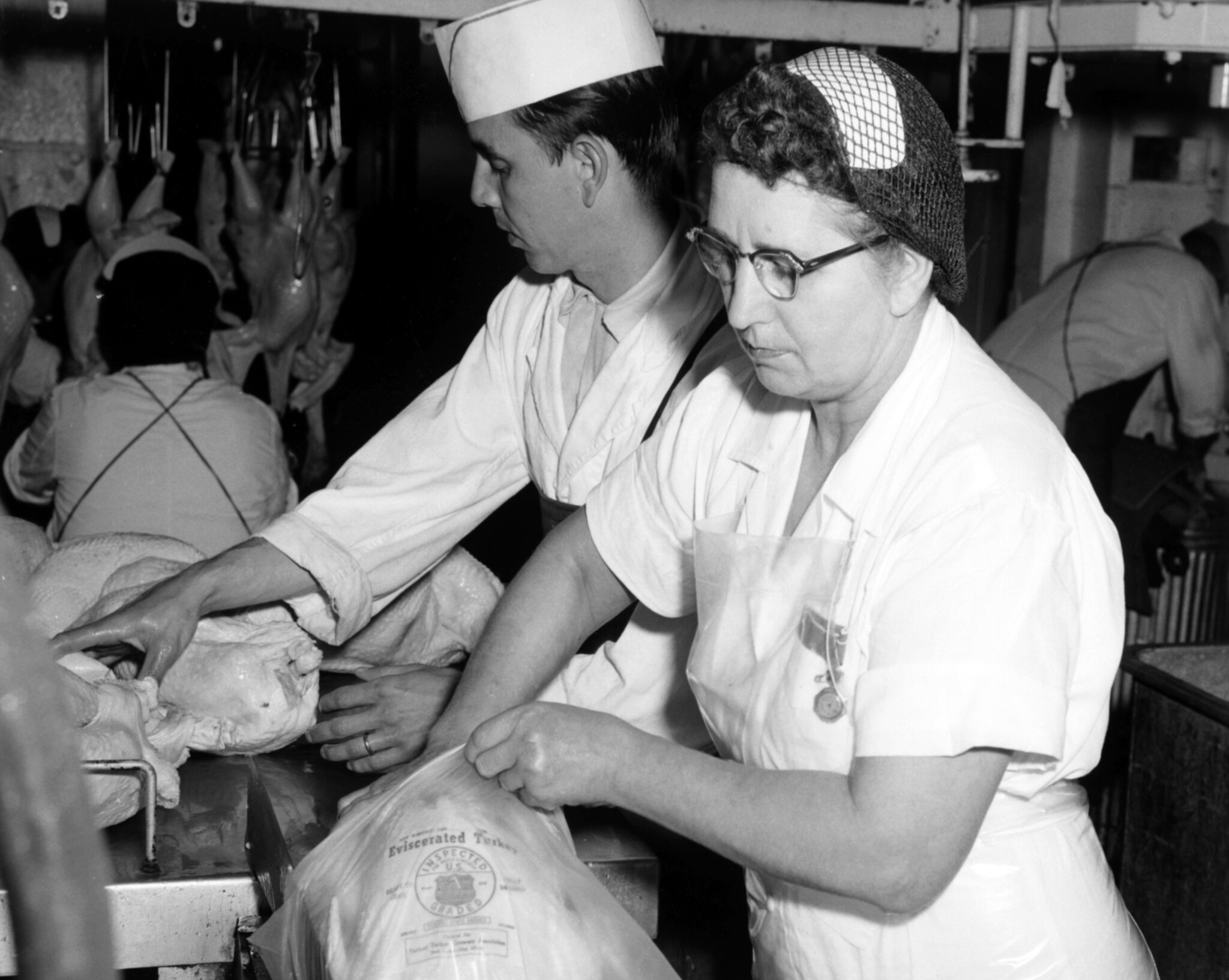Careers
One team with one purpose: FSIS professionals work to protect public health.
FSIS employs approximately 9,000 employees working collectively to conduct a broad range of food safety activities to achieve FSIS’ overall vision - that everyone’s food is safe.
FSIS employees are highly trained, motivated, and skilled professionals working as “one team with one purpose.” As our workforce is very important to the mission of the Agency, we strive to ensure that FSIS is a great place to work.
Join Our Team
View OpeningsValues & Mindset

Accountable

Collaborative

Solution-Oriented

Empowered
Why Join FSIS?
Learn More About Our Benefits
Who Works for Us
From world-renowned scientists and public health veterinarians to food and consumer safety inspectors to the professional and administrative roles that support our goals, FSIS employees are committed to our mission. Explore our major job profiles to learn more about what we do.



